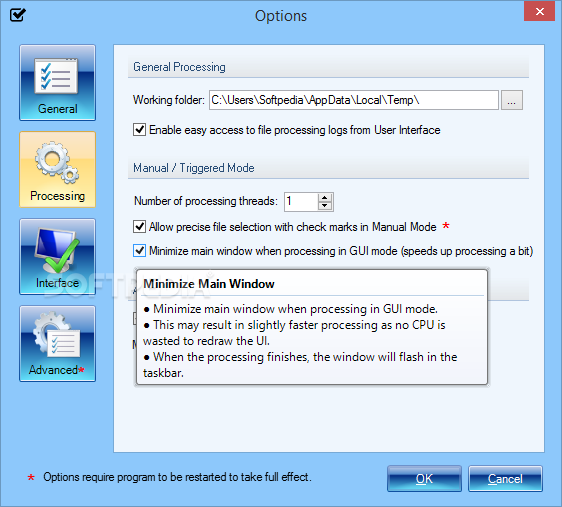
In this tutorial, however, you’ll use pathlib for both tasks. For example, you have os.path to work with file system paths and os to use operating system functionalities, such as renaming files with os.rename(). When it comes to managing files and directories in Python, you have several options in the standard library. With this tool, your GUI creation process will be fast and productive. This tool provides a user-friendly interface to create GUIs by dragging and dropping graphical components (widgets) on a blank form. To create the application’s GUI, you’ll use Qt Designer.
Batch file rename numerically update#
Batch file rename numerically how to#
You’ll see how to create these two files with Qt Designer and pyuic5 later in this tutorial. Go ahead and create this directory structure with all the files and modules except for window.ui and window.py. window.ui holds a Qt Designer file that contains the code for the application’s main window in XML format.You’ll see how to generate this file using pyuic5. window.py contains the Python code for the application’s main window.

_init_.py enables ui/ as a Python package.It’ll contain the following files and modules: The ui/ subdirectory will provide a package to store GUI-related code. views.py provides the application’s GUI and related functionalities.rename.py provides the file renaming functionalities.app.py provides the PyQt skeleton application._init_.py enables rprename/ as a Python package.Then you have the rprename/ directory that will hold a Python package with the following modules:




 0 kommentar(er)
0 kommentar(er)
